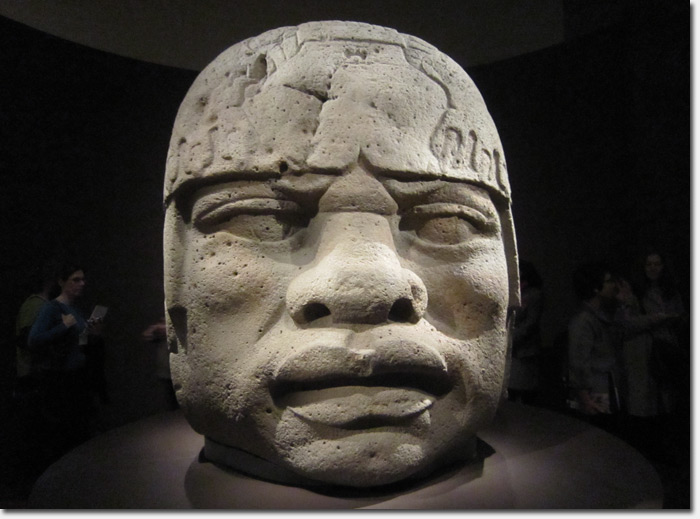

The Olmec are well known for their gigantic sculptures, particularly their colossal stone heads. The fertile land also provided an excellent environment for many forms of wildlife and plantlife. Rain was plentiful, the air was humid, and the temperature remained between 68º F and 86º F. Surrounded by mountains, their land was abundant in bodies of water, with various rivers and streams running through the heartland. "They grew four crops of maize without irrigation." "The land is extremely rich," mentioned Houston. It stretched from Veracruz in the west to Tabasco in the east, occupying the northern part of the Isthmus of Tehuantepec. They resided in what is known as "Olman", or the Olmec heartland, situated in Mexico on the southern tip of the Gulf of Mexico.

The Olmecs, regarded as America's first civilization, existed from about 1500 to 400 BC. But it gives new dimension to a relatively unheard of civilization which came before the more popular Mayan and Aztec tribes. The actual language on the block, however, is currently untranslatable. "With literacy, you can compile records or communicate over long distances, without any miracles of memorization." Stephen Houston, a corresponding author of the paper and a professor of anthropology at Brown University. "It's showing that they're literate," explained Dr. The intrigue of the block lies in the writing system, a hitherto unknown way of communication for the Olmecs of ancient Mesoamerica. Determined to be from the Olmec civilization, the block dates to the first millennia BC according to the lead researchers and was found in Veracruz, Mexico. A team of anthropological researchers announced the find in the journal Science last month. The block features linear arrangements of certain characters that appear to be ancient depictions of tribal objects, such as animals, insects, tools and food (especially corn). That's what anthropologists and archaeologists alike are asking after the discovery of the Cascajal Block, an ancient slab of writing which is thought to be the oldest known writing system in the Western Hemisphere. Vertical fish, eyes, skin, bivalve.and corn. Insect, dart tip, corn, corn, throne, beetle, shucked corn.


 0 kommentar(er)
0 kommentar(er)
